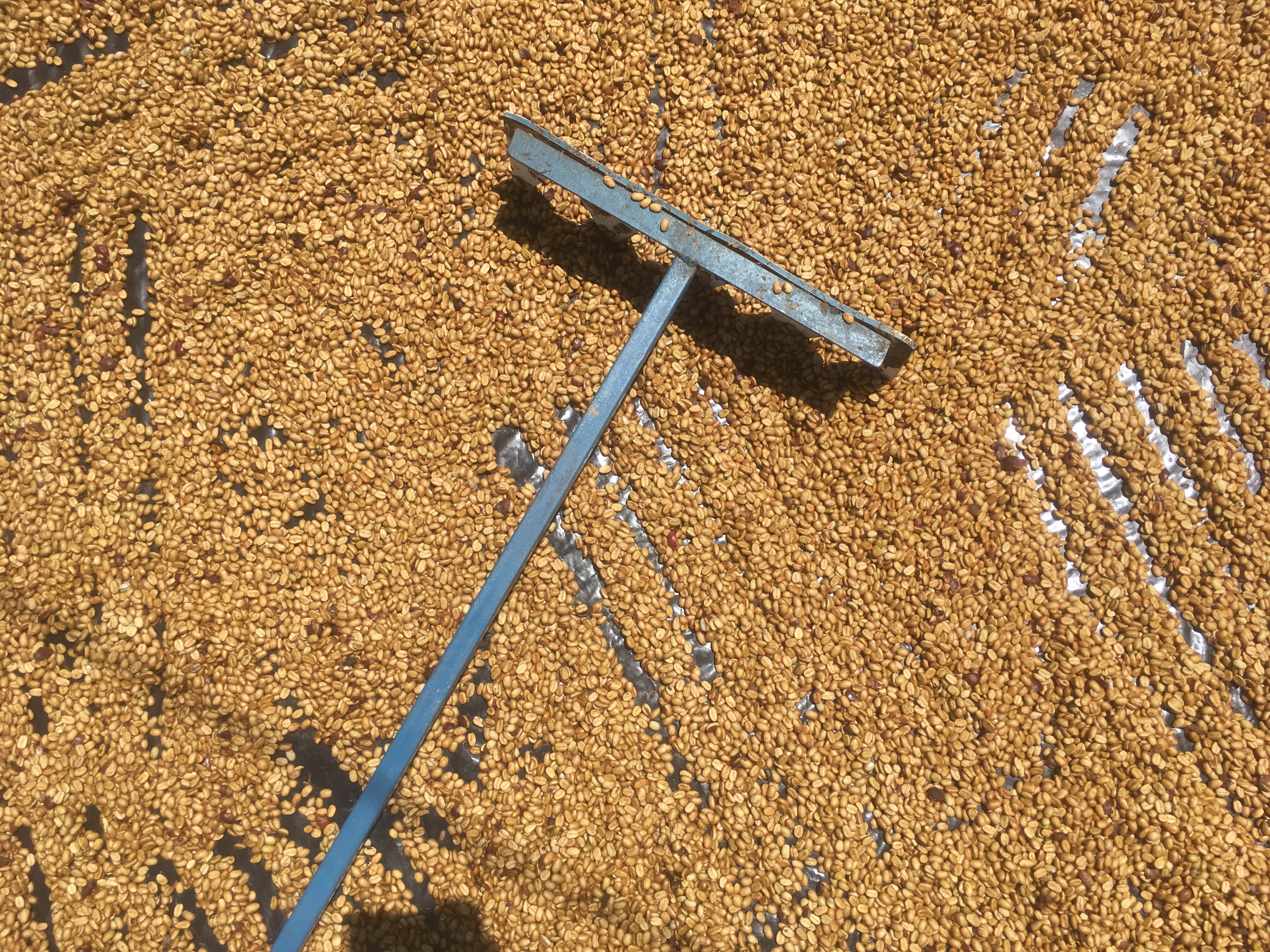Published, Nov 09, 2023
Honduras Coffee Guide
In this coffee guide, learn how Honduras emerged from a history of corruption and military rule to helping save much of Latin America from crop disease and ruin.

Today, Honduras enjoys a trusted place on the world stage of speciality coffee production, with a reputation for exceptional quality and commitment. But such recognition hasn’t been easy for the country, whose coffee journey only truly began less than 75 years ago.
Here we explore how Honduras emerged from a long history of corruption and military rule to become a leading figure in the speciality coffee industry. Steering research and championing quality, the country has tackled more than its fair share of near-devastating obstacles—and yet the resilience and innovation of its people has not only helped its own coffee production thrive—but saved much of Latin America from disaster. Read on to learn more.
History
‘Honduras’ means ‘depths’, named by Colombus for the deep water off the coast—and history for the country, which sits above and over both El Salvador and Nicaragua, runs deep indeed. After Colombus’s arrival in 1502, Hernan Cortes arrived in 1524; established governments, assassination attempts at resistance and vanquished ingenious people ensued. It wasn’t until 1821 that Honduras gained independence from Spain—but plenty of instability and political unrest, with military rule, coups, and corruption still prevailed.
For a long time, bananas accounted for most of the country’s export (it is from Honduras that the term ‘banana republic’ stems from – a control over the country by US fruit corporations). While traders were thought to have first brought coffee to Honduras in the late 18th century, which was mostly cultivated by smallholders, it wasn’t until the 1950s and 60s that coffee production came to be considered seriously as a means of economic security for the country, eventually overtaking bananas as a top export commodity.

Challenges
The next thirty years brought about huge changes for the future of coffee in the country—and beyond. In the 1970s, the Honduran Coffee Institute (IHCAFE) was founded: this institute was responsible for developing and releasing new coffee cultivators that could produce strong yields and highly quality coffee, while being resilient to pests. The IHCAFE played a big part in helping producers across Latin America survive the Roya fungus infestation.
Still, Honduras lagged far behind its neighbours, including El Salvador, who had much better infrastructure in place, able to build recognition and a reputation for quality and speciality coffee, while coffee from Honduras remained relatively unheard of: a lack of transport infrastructure made it hard for Honduras to compete, despite idyllic terroir for coffee cultivation.
Various laws were shaped in the 1980s and 1990s, designed to encourage coffee production in Honduras. As coffee production grew, more roads were built and maintained, and cooperatives were able to divide holdings into smaller plots, enabling more to contribute to the growth of the industry.
The 1990s brought about numerous challenges for the country. In 1998, Hurricane Mitch wreaked havoc across Central America, causing thousands of fatalities, and decimating 80 percent of Honduras’s crops. With the international coffee price crisis in 1999, much of Honduras’s coffee was smuggled into Guatemala where it fetched higher prices. Slowly, though, the Honduran speciality coffee industry saw a dramatic increase in output compared with other central American countries, with fertile soil, favourable altitudes, and an ideal climate, well suited for numerous varietals and the successful cultivation of speciality coffee. While the country’s political foundations remained shaky, coffee has provided stability—even helping the country stave off bankruptcy because of a coup in 2009.

Geography
Despite the challenges of an extremely rugged landscape – with three quarters of the country’s terrain being hilly and mountainous – Honduras boasts an enviable landscape for coffee cultivation, with optimal high altitudes in the mountainous regions, and rich soil in the fertile valleys.
There are four distinct regions in Honduras: the central highlands, the Pacific lowlands, the eastern Caribbean lowlands, and the northern coastal plains and mountains. Situated right in the middle of the Tropic of Cancer, the country benefits from a hot and tropical climate in the coastal lowlands, and temperate climes in the highlands.
Honduras’s landscape may be advantageous to the success of its coffee production today, but for years, the country struggled to find its footing compared with its neighbours, due to the difficulties of transportation. While temperature and altitude work in favour for coffee growing in Honduras, some areas experience extremely high rainfall, which can make drying the coffee a challenge.
Coffee
There are six key coffee growing regions in Honduras (Agalta, Comayagua, El Paraiso, Opalaca, Copan, and Montecillos), where the majority of producers (90 percent) are smallholders. Each region presents a distinct flavour profile; many Honduran coffees are celebrated for their aromatic, fruity, and sweet cups.
While late to the speciality coffee game, education and a keen commitment to quality has helped farmers find a firm footing, which the Cup of Excellence - first arriving in Honduras in 2004 - has confirmed many times over. Rigorous control measures to ensure quality has helped producers overcome hurdles, such as coffee leaf rust, as well as make a name for their country as leaders in coffee, investing in research and development.

Typically, coffee harvests in the country take place between November and April. Thanks to the country’s incredible range of altitudes, and optimal climate, many varietals thrive, including Paca, Typica, Bourbon, Caturra, and Catuai. The most common coffee process undertaken in Honduras, is washed.
Explore our full coffee collection here.